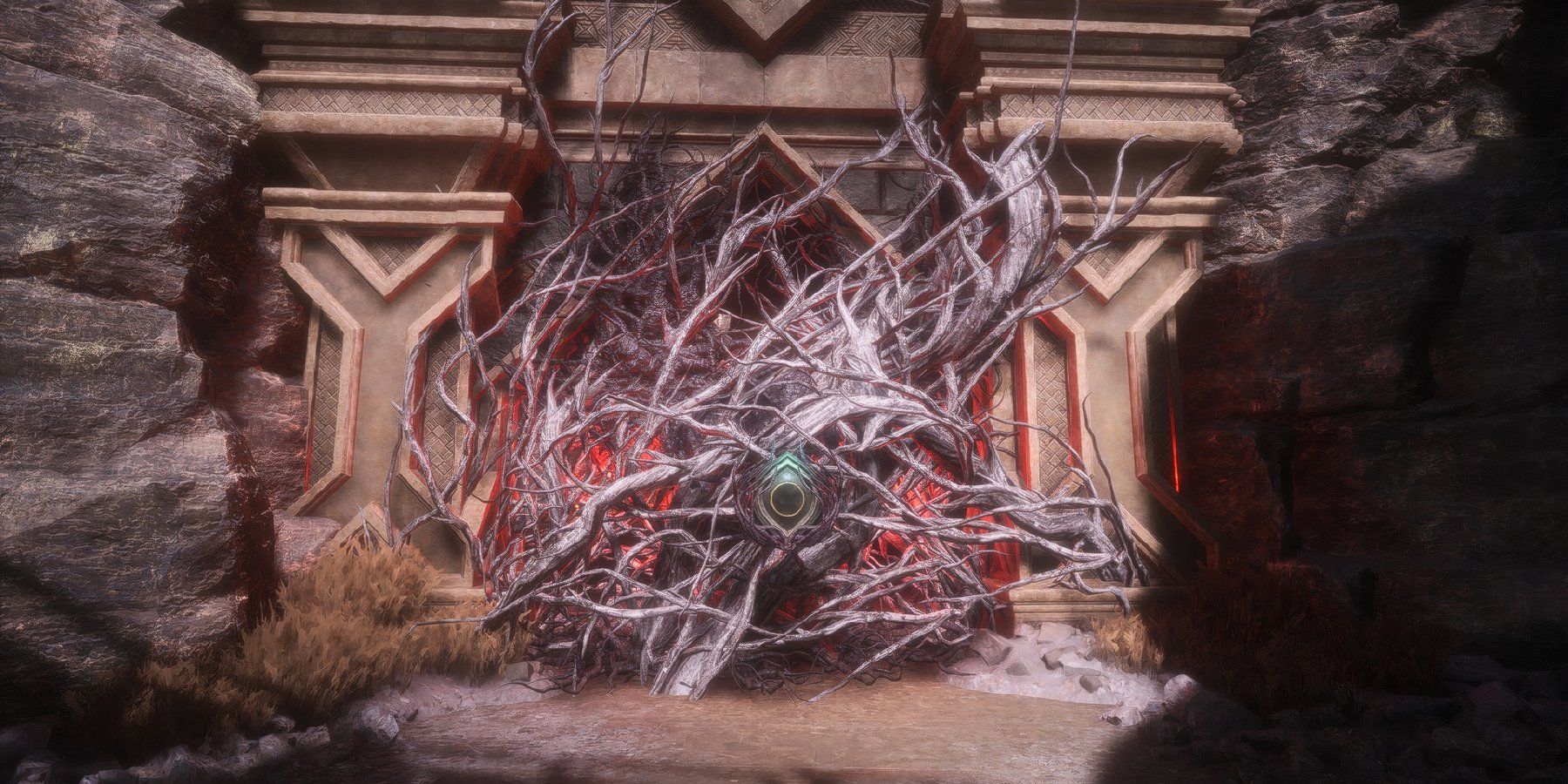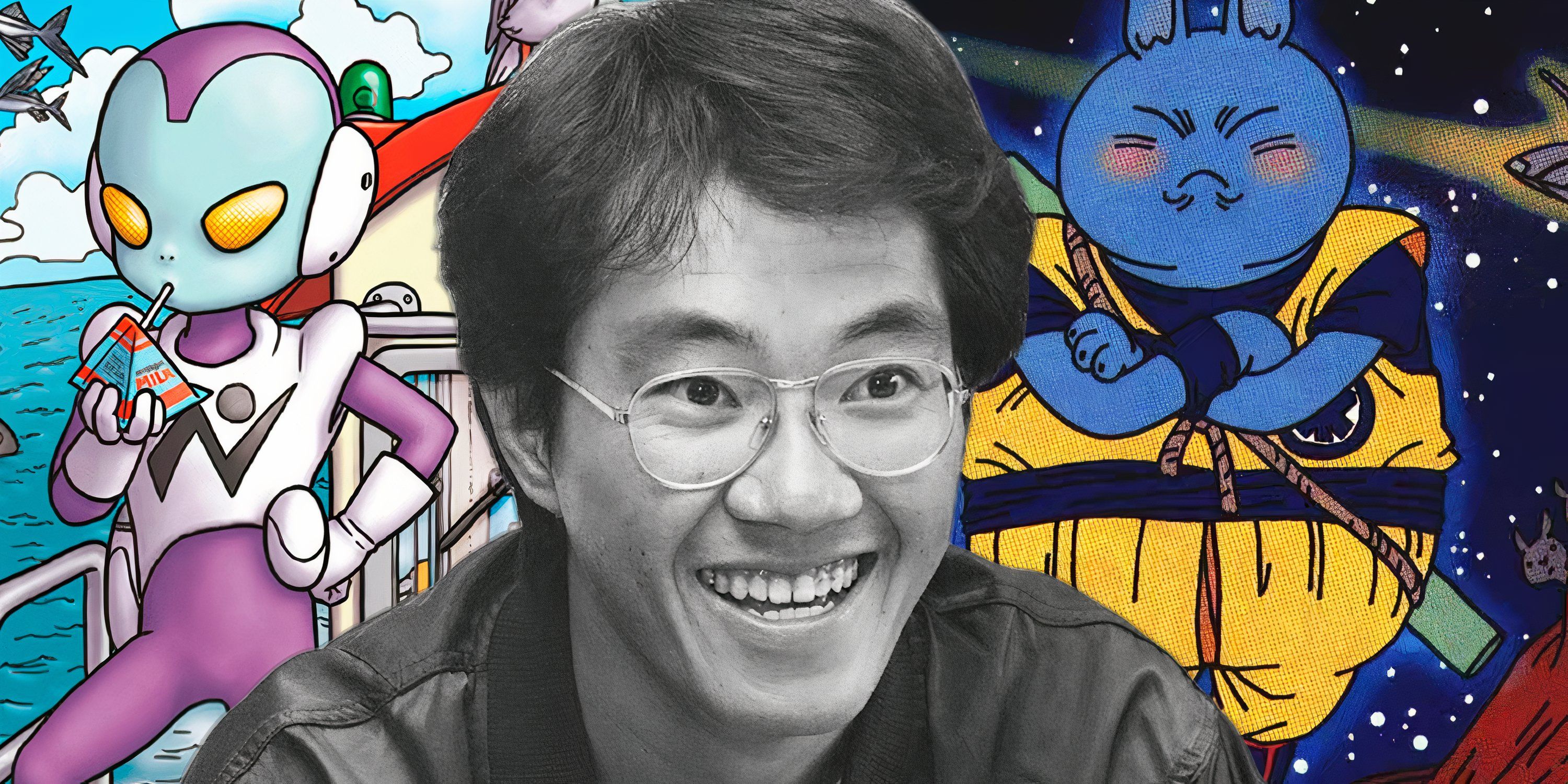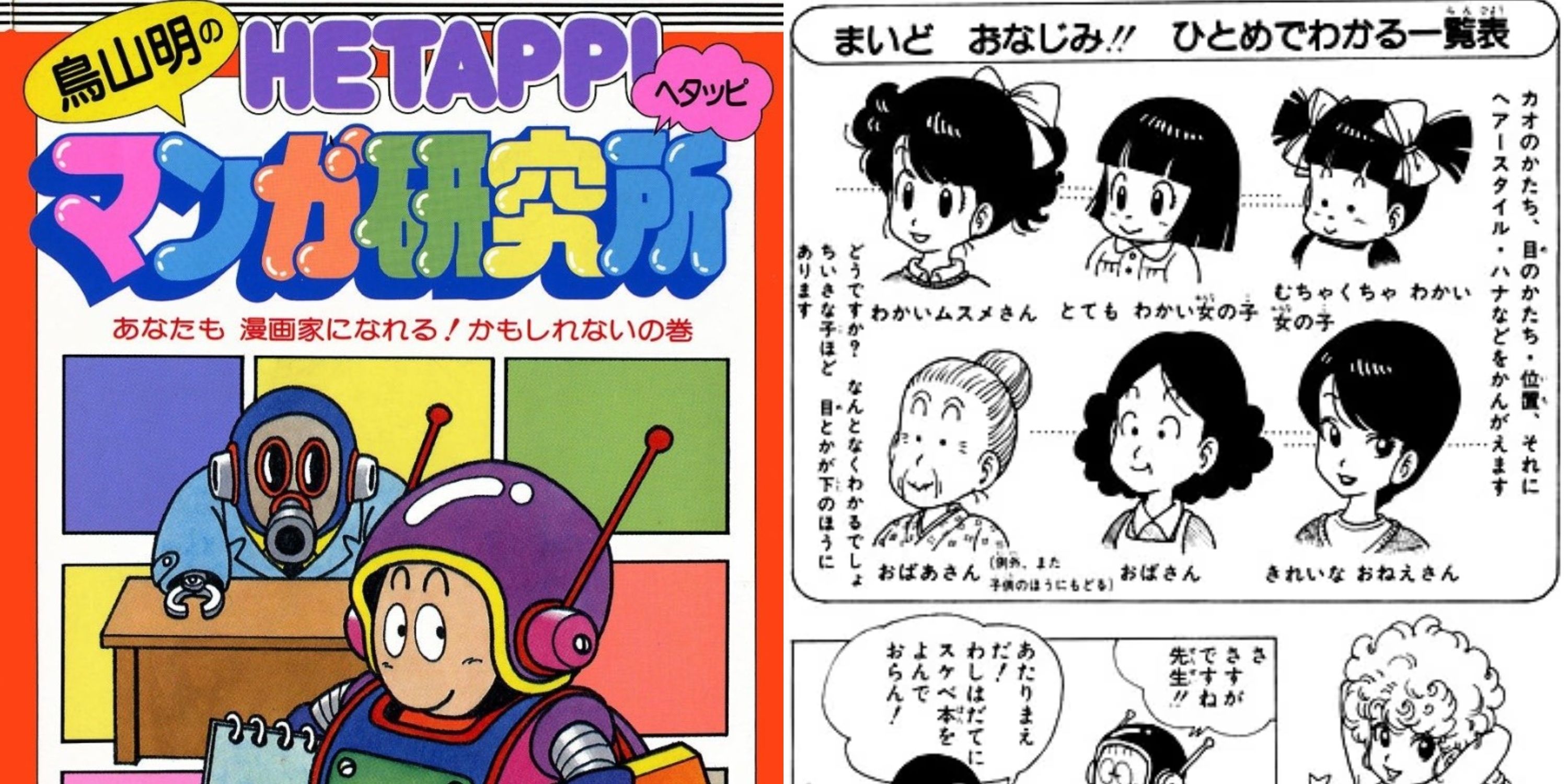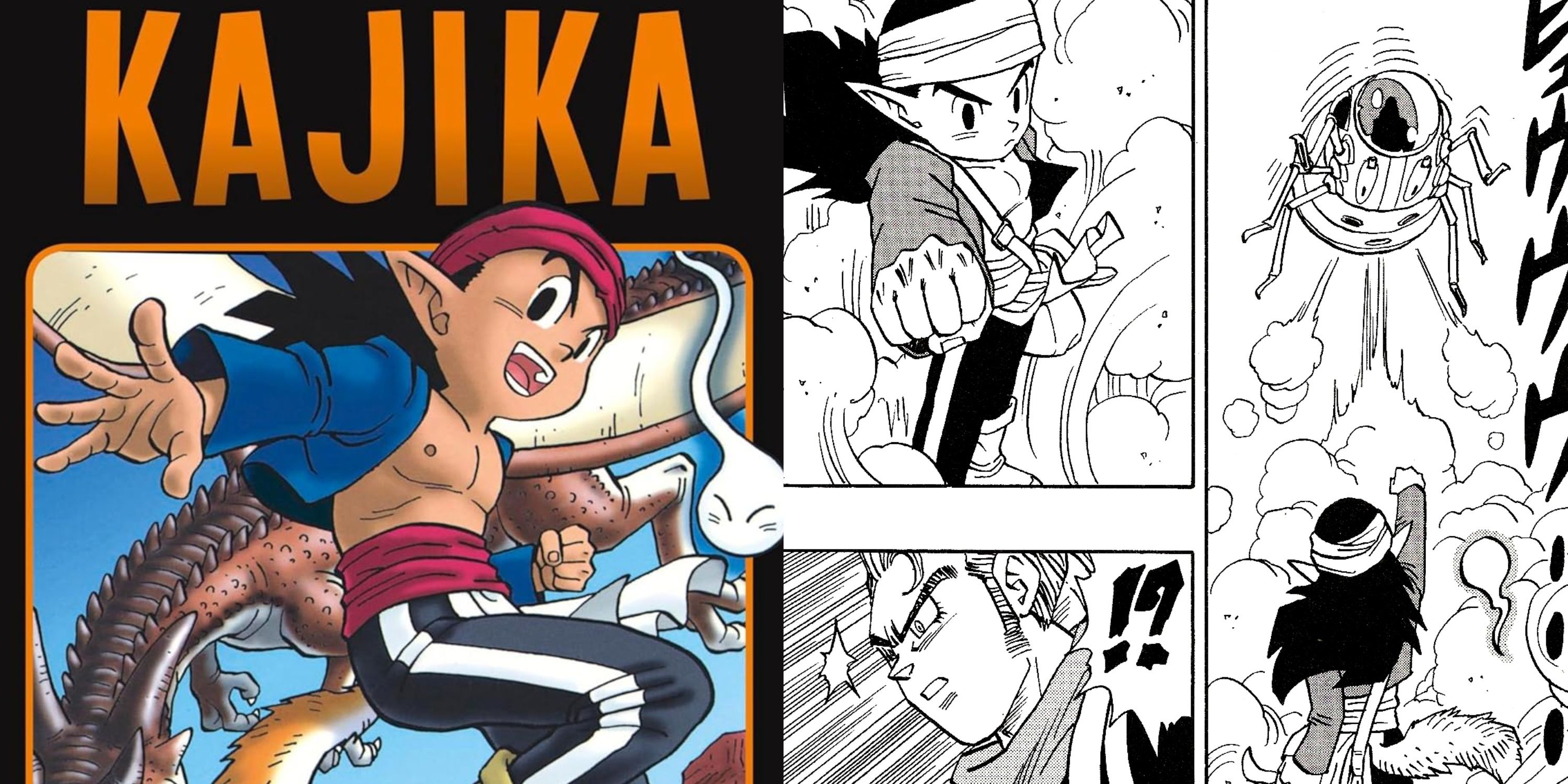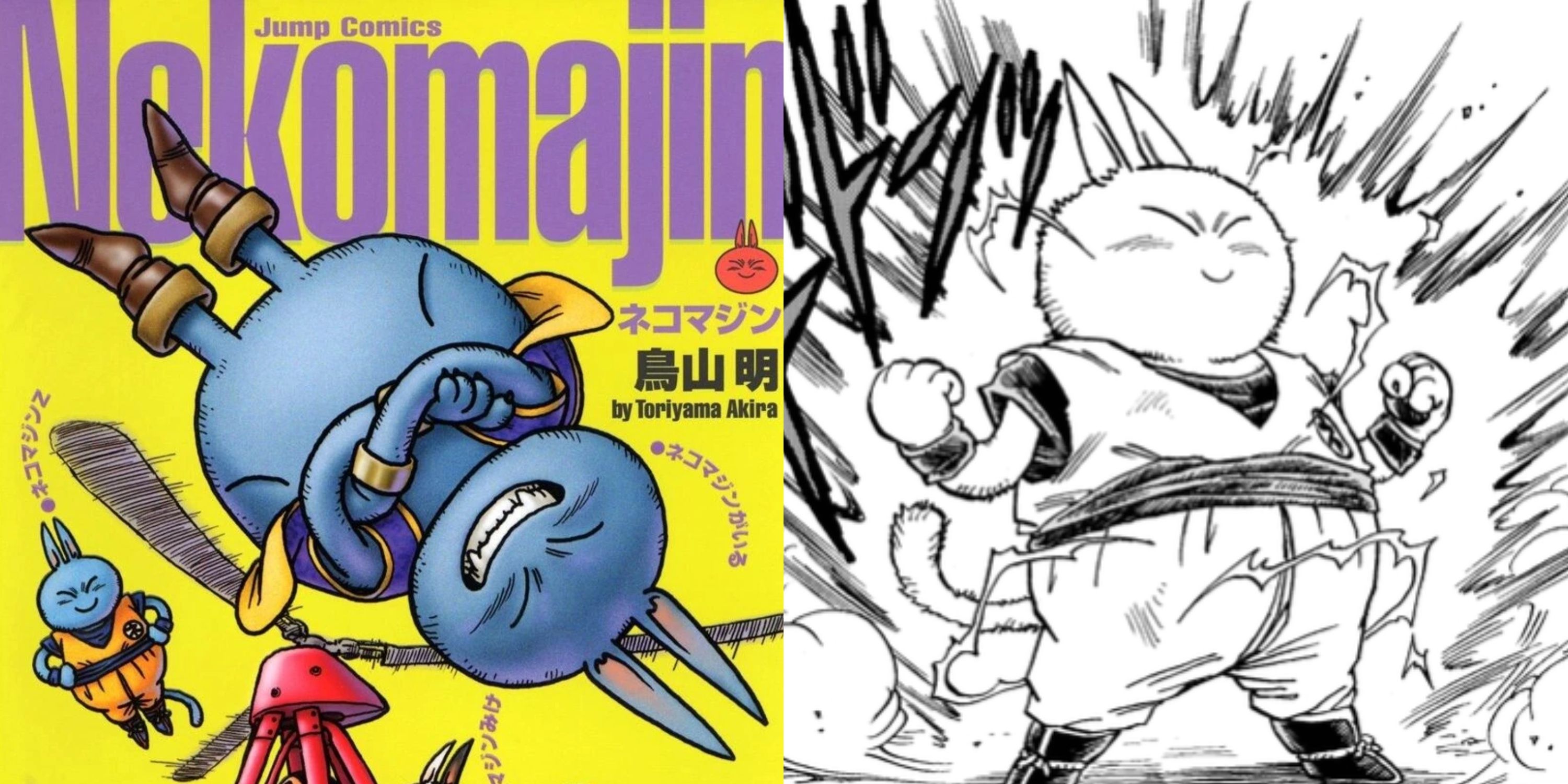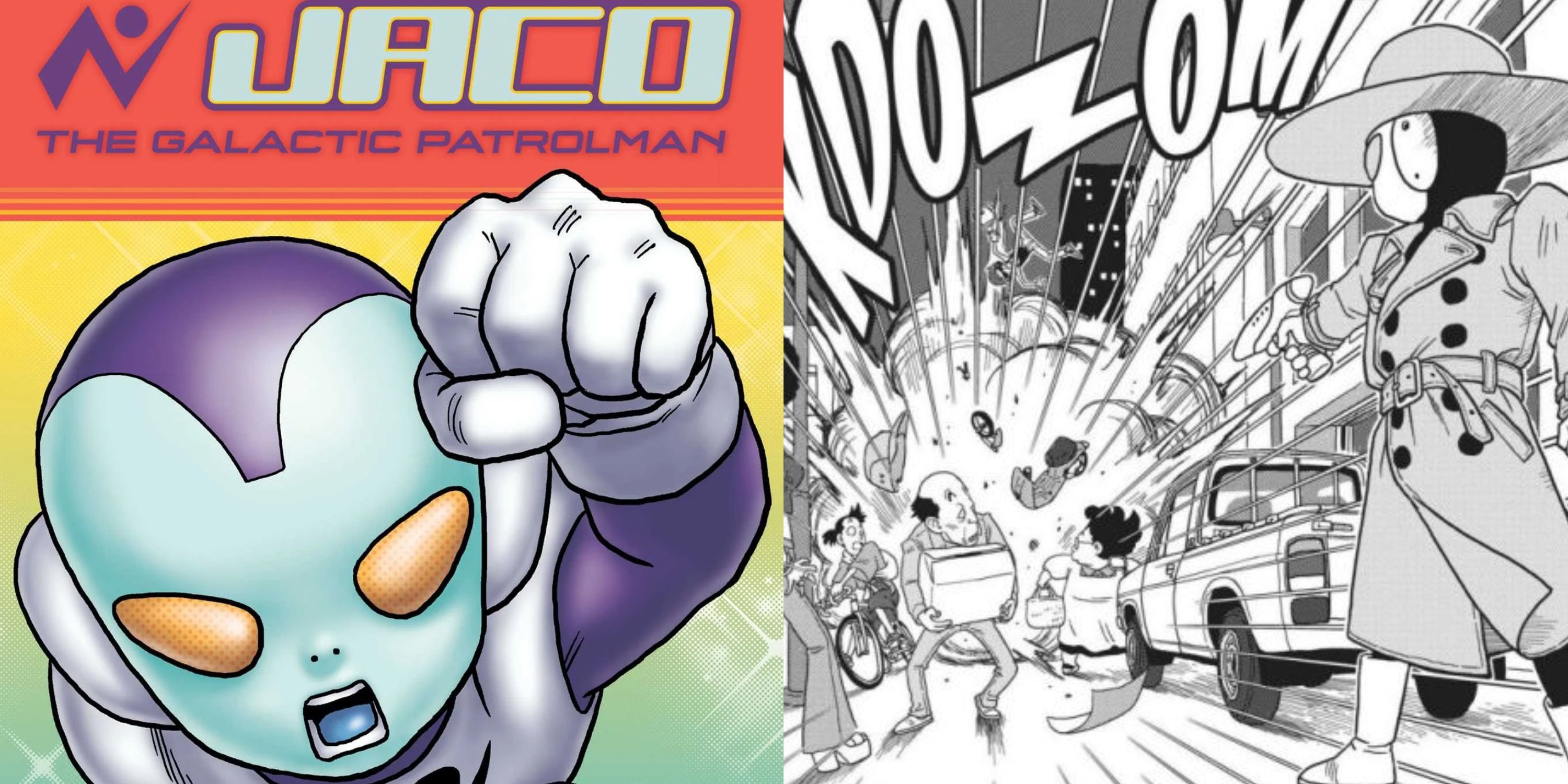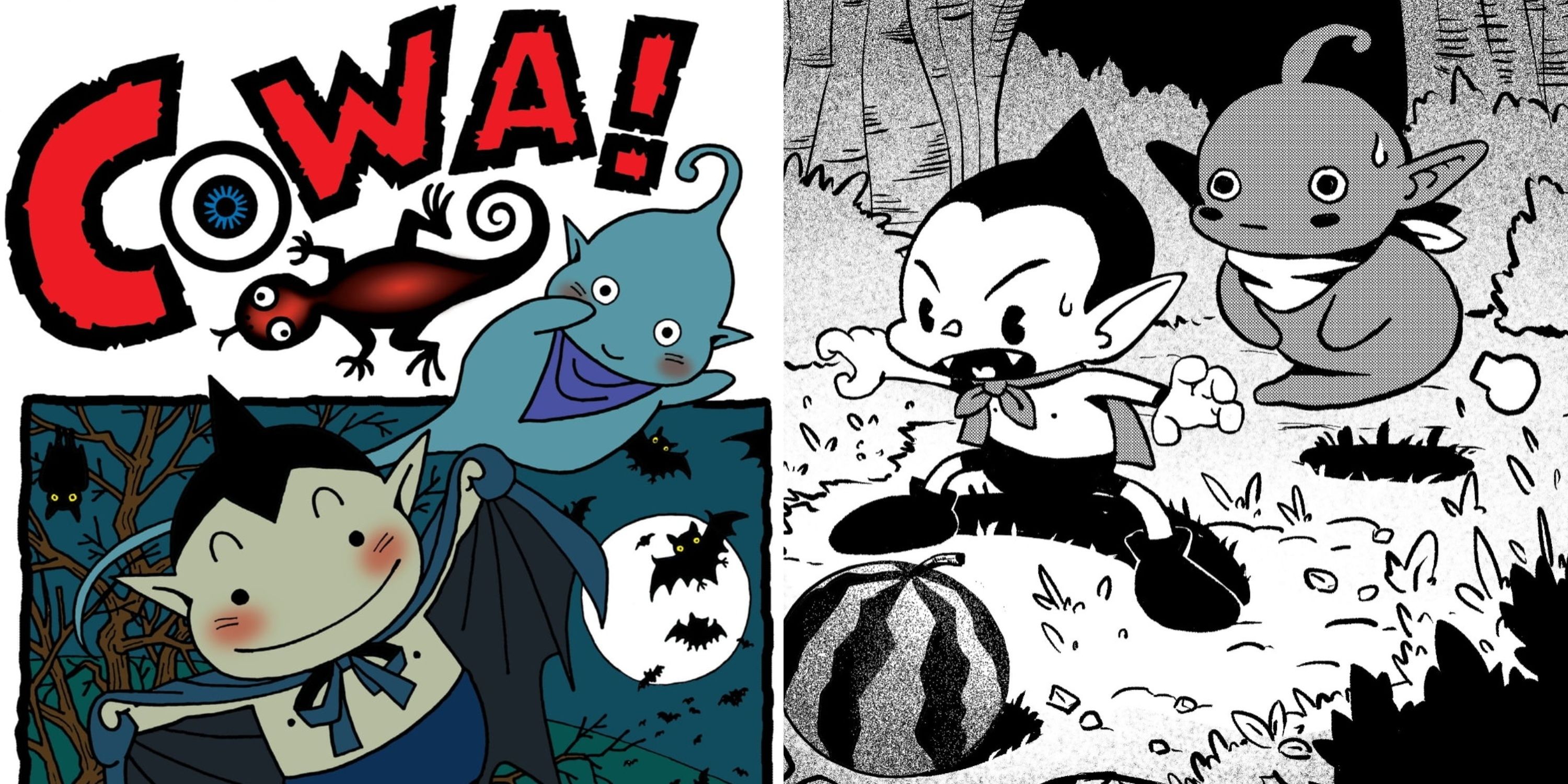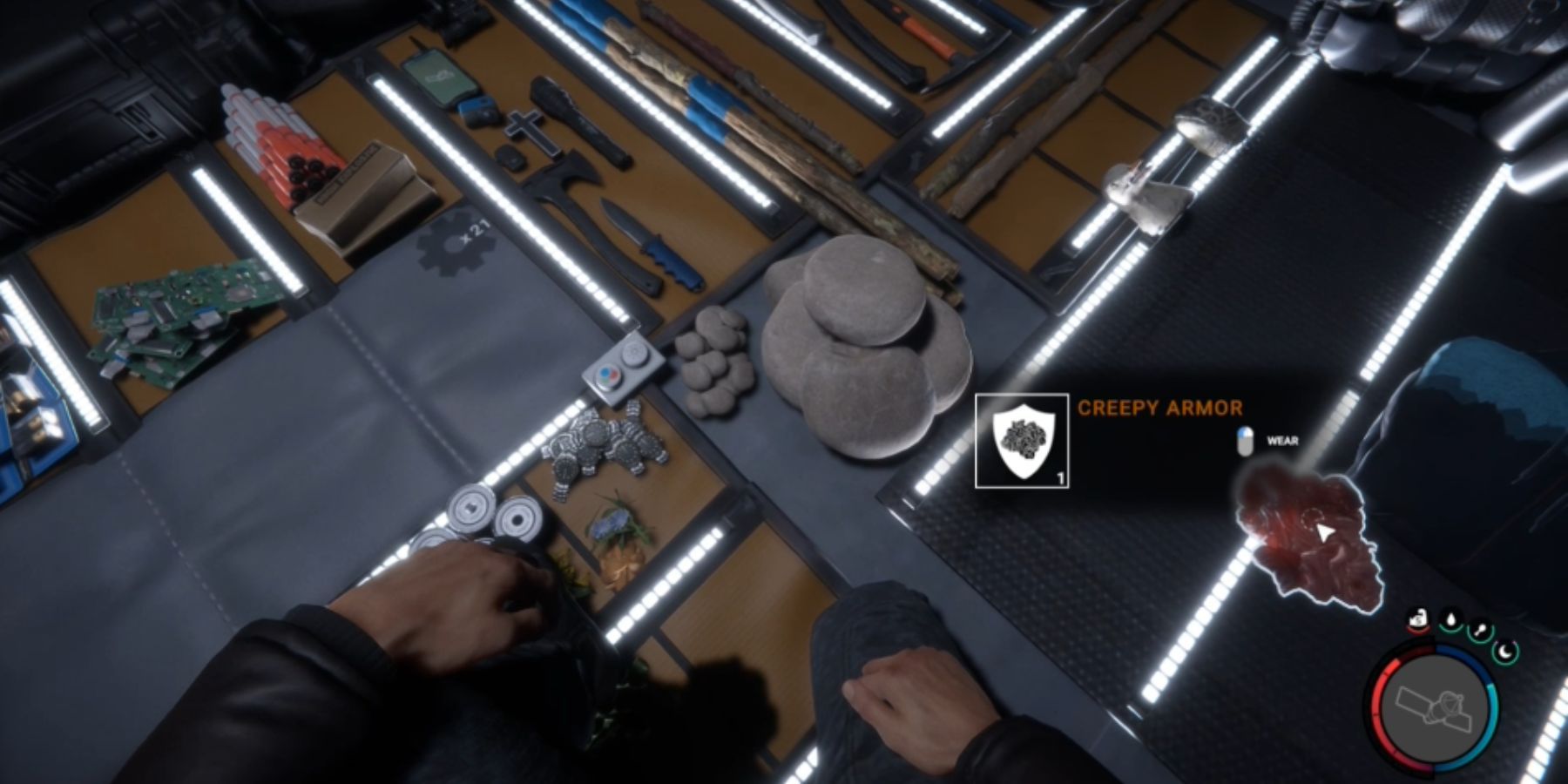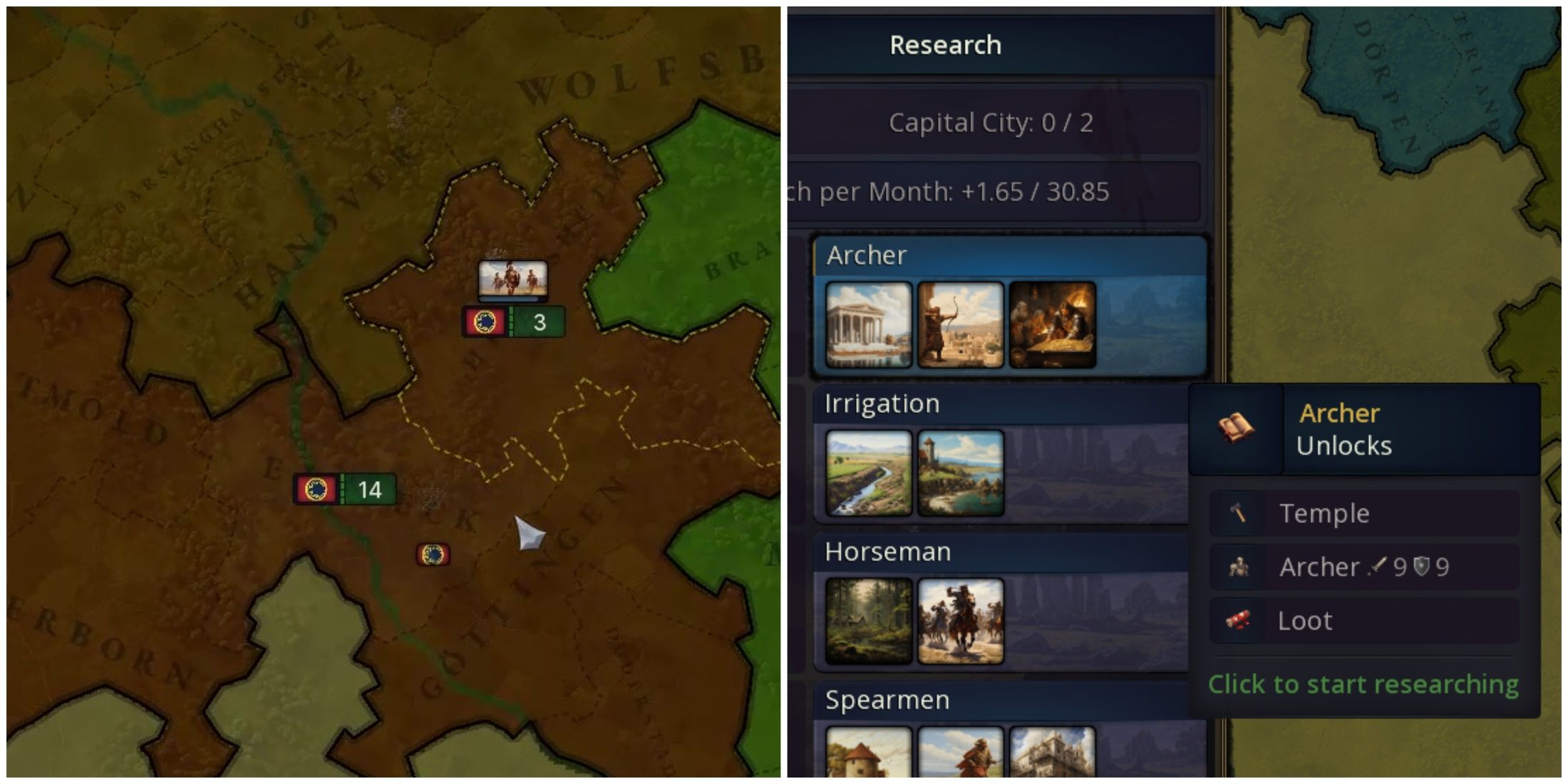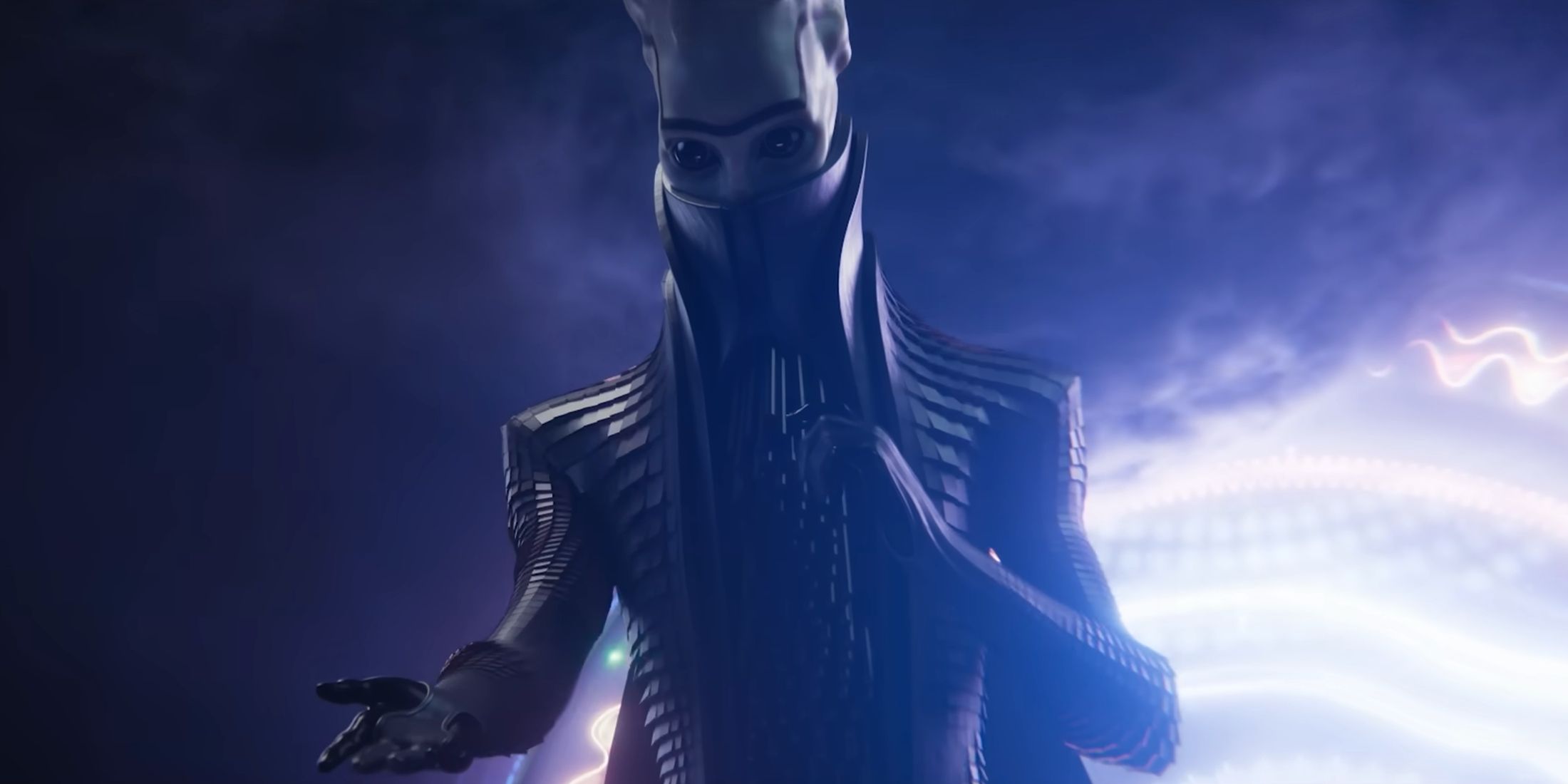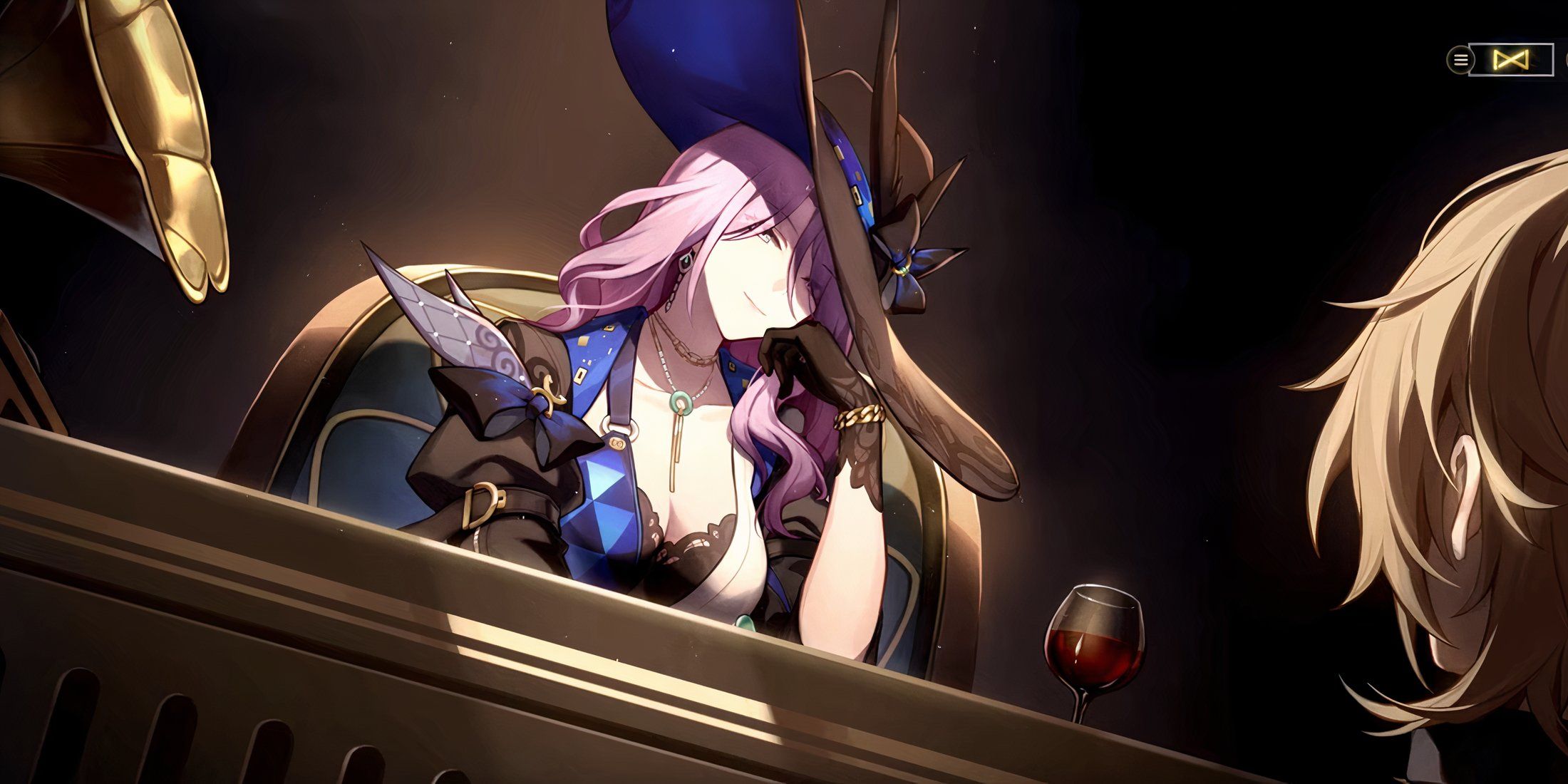Highlights
- Toriyama’s work extends beyond Dragon Ball, showcasing his exceptional talents in creating educational manga like Hetappi Manga Kenkyujo.
- Kajika blends action, humor, and adventure in a captivating narrative that reflects Toriyama’s signature storytelling style and artistic prowess.
- Neko Majin is a self-parody filled with satire, highlighting Toriyama’s humor and crossovers, making it an amusing exploration of his skill.
Akira Toriyama’s name has been inextricably tied to the Dragon Ball franchise for decades, due to the monumental commercial and critical success it enjoyed across the world during and after its run. However, the late artist’s body of work includes a host of other manga such as the hugely popular Dr. Slump series, alongside a range of contributions to video games, anime, and other forms of media.
Related
What Was The Best Saga In Dragon Ball Z?
Looking at all the story arcs that constitute the latter half of the original Dragon Ball series, which one stands out as its true pinnacle?
Even within the realm of manga alone, Toriyama distinguished himself as an exceptional visual storyteller and character designer, whose mastery of paneling and comedic timing has influenced innumerable manga artists in the years since. Beyond just Dragon Ball and Dr. Slump, Toriyama also worked on several one-shots and short series and here are a few among them that are yet to receive an anime adaptation.
5 Akira Toriyama’s Hetappi Manga Kenkyujo
An Educational Guide On The Art Of Creating Manga
|
Original Run |
October 1982 to March 1984 |
|
No. Of Volumes |
1 |
|
Published In |
Fresh Jump |
Co-created with game designer Akira Sakuma, Akira Toriyama’s Hetappi Manga Kenkyujo (Akira Toriyama’s Clumsy Manga Laboratories) is one of the more unconventional entries on this list by virtue of being an educational series. As a step-by-step guide on the intricacies of drawing techniques, character design, storyboarding, crafting narratives, and editing, the series consists of four parts: Hetappi Manga Institute, Bird Mountain Manga School, Hetappi Manga Report, and a Bonus Part.
The first part includes a detailed look into the technical side of the craft. Next, the second part contains insights into Toriyama’s own beliefs about the art of drawing and writing manga, as well as a deep dive into his process as seen through Sakuma’s eyes. Following this, the third part features a pedagogical section where Toriyama reviews the work of amateur manga artists and gives them feedback. Finally, the last part holds instructions on how to draw five Dr. Slump characters. Renowned manga artist Yusuke Murata later worked on a remake of the series, which ran from 2008 to 2011 and featured interviews with other reputed artists.
4 Kajika
Features A Thrilling Fantasy Adventure With A Dash Of Humor
|
Original Run |
July 7, 1998 to September 29, 1998 |
|
No. Of Volumes |
1 |
|
Published In |
Weekly Shonen Jump |
Toriyama’s penchant for drawing stories filled with action and adventure is central to Kajika’s appeal, as it follows the journey of its titular protagonist, as he attempts to undo a curse and revert his appearance back to normal. A member of the Kawa Tribe, Kajika is innately strong and wields special abilities, but his mischievous nature in the past proved to be the source of his misfortune, as he was turned into a fox-man after killing a defenseless fox.
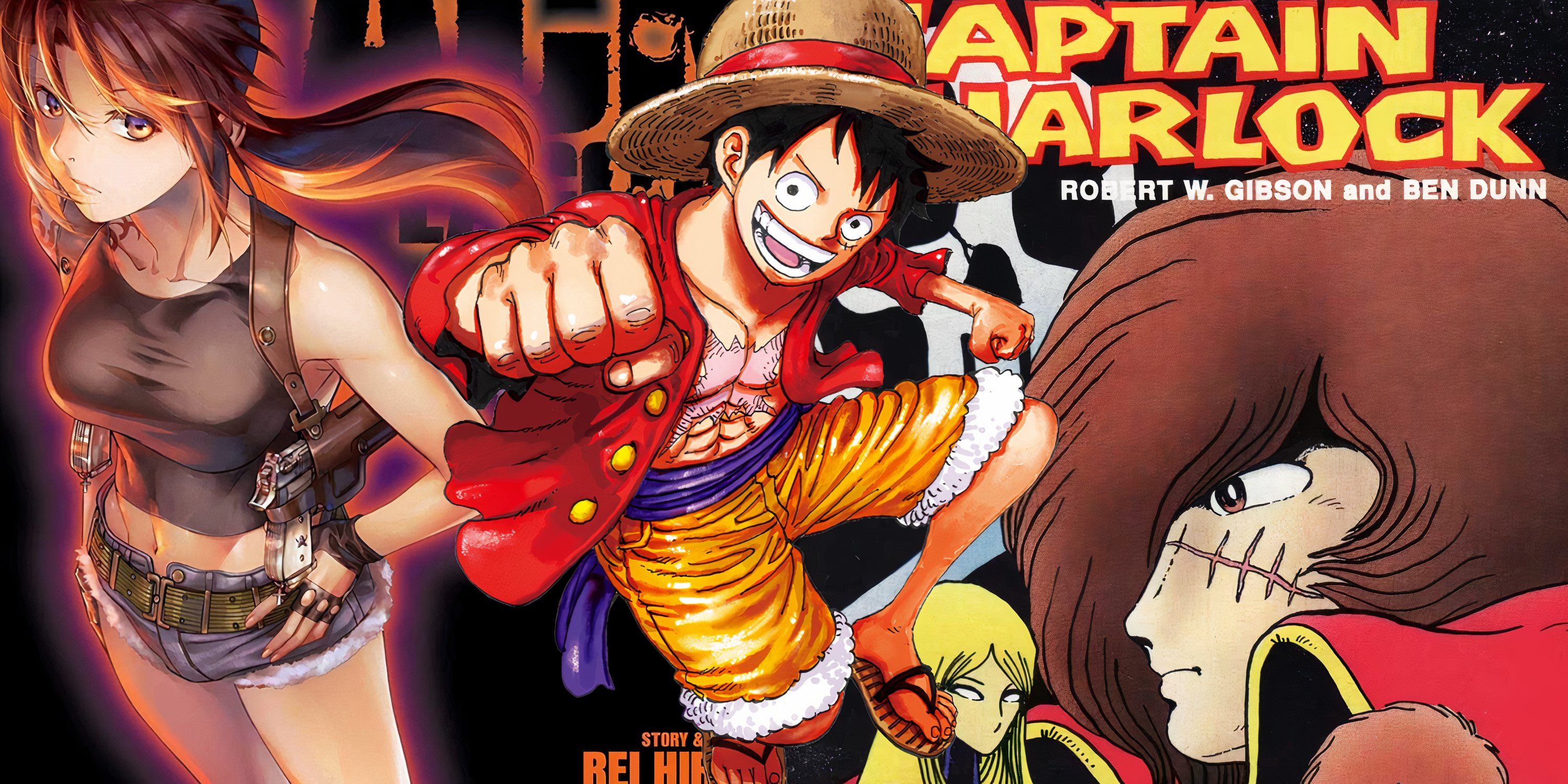
Related
5 Best Manga About Pirates, Ranked
Spanning traditional seafarers to outlaws that roam the vast unknown regions of space, here is a list of some of the best pirate manga out there.
Given the task of saving 1,000 life forms by the spirit of the dead fox, Gigi, in exchange for being turned back into a regular boy, Kajika struggles to fulfill this lofty goal, and spends five years bringing the numbers down to a meager ten more lives. It is then that he encounters a girl named Haya, who begs him to help in her quest to return a rare Dragon egg to its nest. The manga distills many of Toriyama’s signature traits as an artist and storyteller, providing a truly enjoyable experience that is easy to follow nearly every step of the way.
3 Neko Majin
Conceived As A Self-Parody With Major Connections To Dragon Ball
|
Original Run |
May 1999 – January 2005 |
|
No. Of Volumes |
1 |
|
Published In |
Weekly Shonen Jump, Monthly Shonen Jump |
Toriyama’s fondness for self-referential humor and crossovers is at the forefront of this fantasy comedy, which sees him poke fun at his own work on Dragon Ball. Published over a six-year period, Neko Majin revolves around a group of eponymous cat-creatures that are fond of martial arts and pranks. For the most part, the series is a gag manga filled with satirical digs at Toriyama’s most successful project.
This becomes even more evident in the latter half of the series, which is named Neko Majin Z, just like the latter half of the original Dragon Ball manga was marketed as Dragon Ball Z when adapted to anime. By the end of the series, many Dragon Ball characters make appearances, including Goku, Vegeta, Majin Buu, and Kuriza (the son of Frieza). All in all Neko Majin is a thoroughly amusing exploration of Toriyama’s impeccable skill in the art of satire.
2 Jaco The Galactic Patrolman
Light-Hearted Sci-Fi Comedy With Links To Dragon Ball
|
Original Run |
July 29, 2013 – October 14, 2013 |
|
No. Of Volumes |
1 |
|
Published In |
Weekly Shonen Jump |
Following its titular protagonist Jaco, an extraterrestrial policeman who travels to Earth to stop the arrival of a dangerous alien threat, Jaco the Galactic Patrolman was one of Toriyama’s first serialized titles after a lengthy break following the publication of San Land. In the very beginning of the series, Jaco crash lands on Earth on his way to complete his mission, proceeding to befriend a retired scientist Omori, and a young woman named Tights, who aspires to become a science fiction writer.
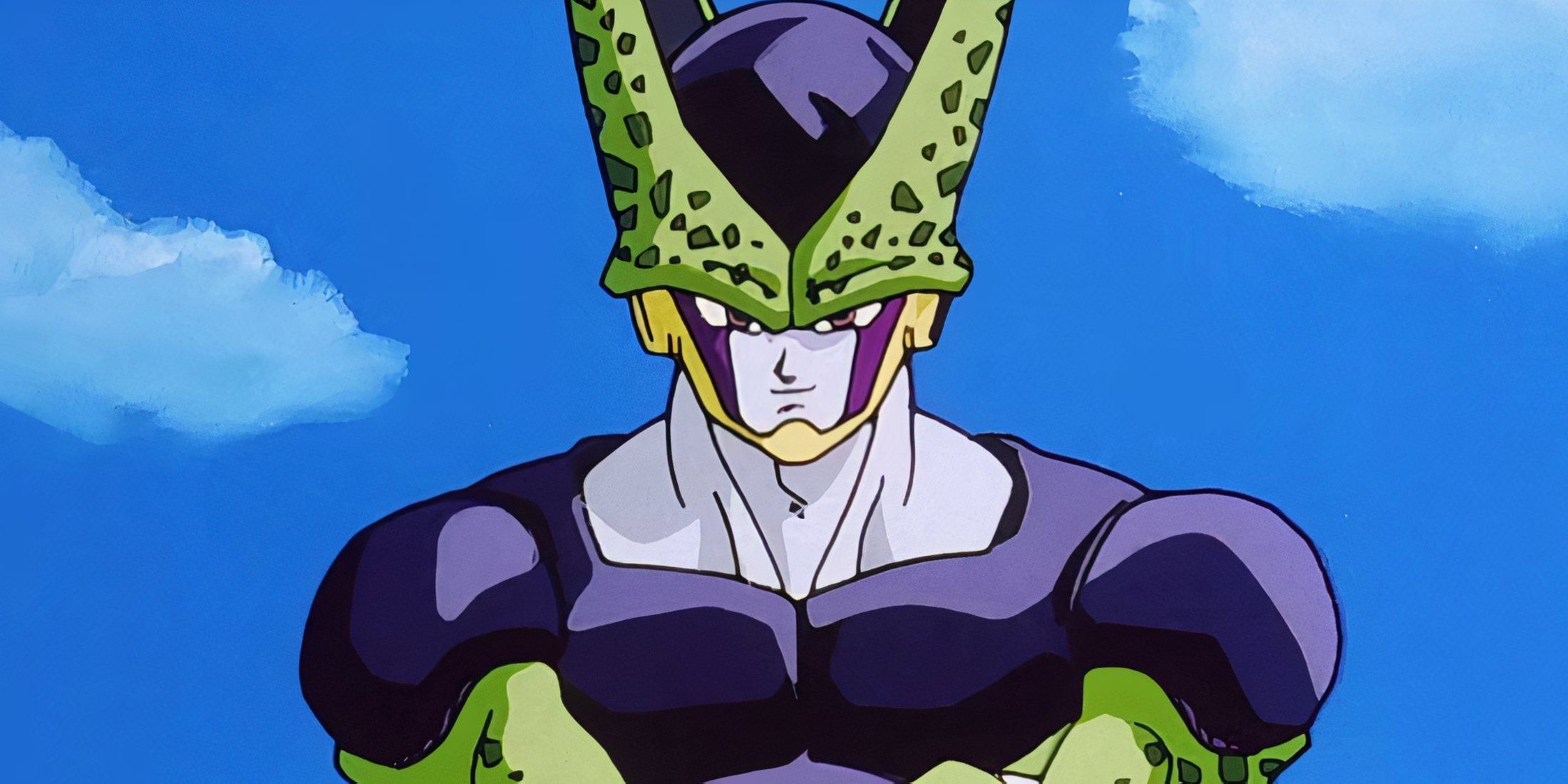
Related
5 Ways Perfect Cell Is Dragon Ball’s Best Villain
A Bio-Android created by Dr. Gero to become the ultimate warrior, Perfect Cell is one of Dragon Ball’s most complex antagonists.
Although the initial chapters of the story appeared to be part of a self-contained universe, the final chapter is effectively a lead-in to the start of Dragon Ball, making subtle additions to the series’ world-building and lore in the process. Jaco has even appeared in some parts of Dragon Ball Super as a supporting character, confirming his place in the franchise’s canon.
1 Cowa!
Caters To All Age Groups Using Themes From Fables
|
Original Run |
1997 – 1998 |
|
No. Of Volumes |
1 |
|
Published In |
Weekly Shonen Jump |
Cowa! is reworked and expanded version of a one-shot that Toriyama had developed following the conclusion of Dragon Ball, named Bubul of Demon Village. At a time when Toriyama wanted a break from serialized manga after having worked on both Dr. Slump and Dragon Ball for over a decade without missing any issues, this series was drawn with more breaks in between, with his old editor Kazuhiko Torishima overseeing the process.
Drawn almost entirely on his own without the involvement of assistants, Cowa! is the story of three child monsters known as Paifu, José, and Arpon, who travel with the human Maruyama to find a medicine that can cure a deadly flu in their village. Able to dish out equal doses of laughter and wisdom, Cowa! at its core, is a fable of acceptance and understanding that can appeal to readers of virtually any age.
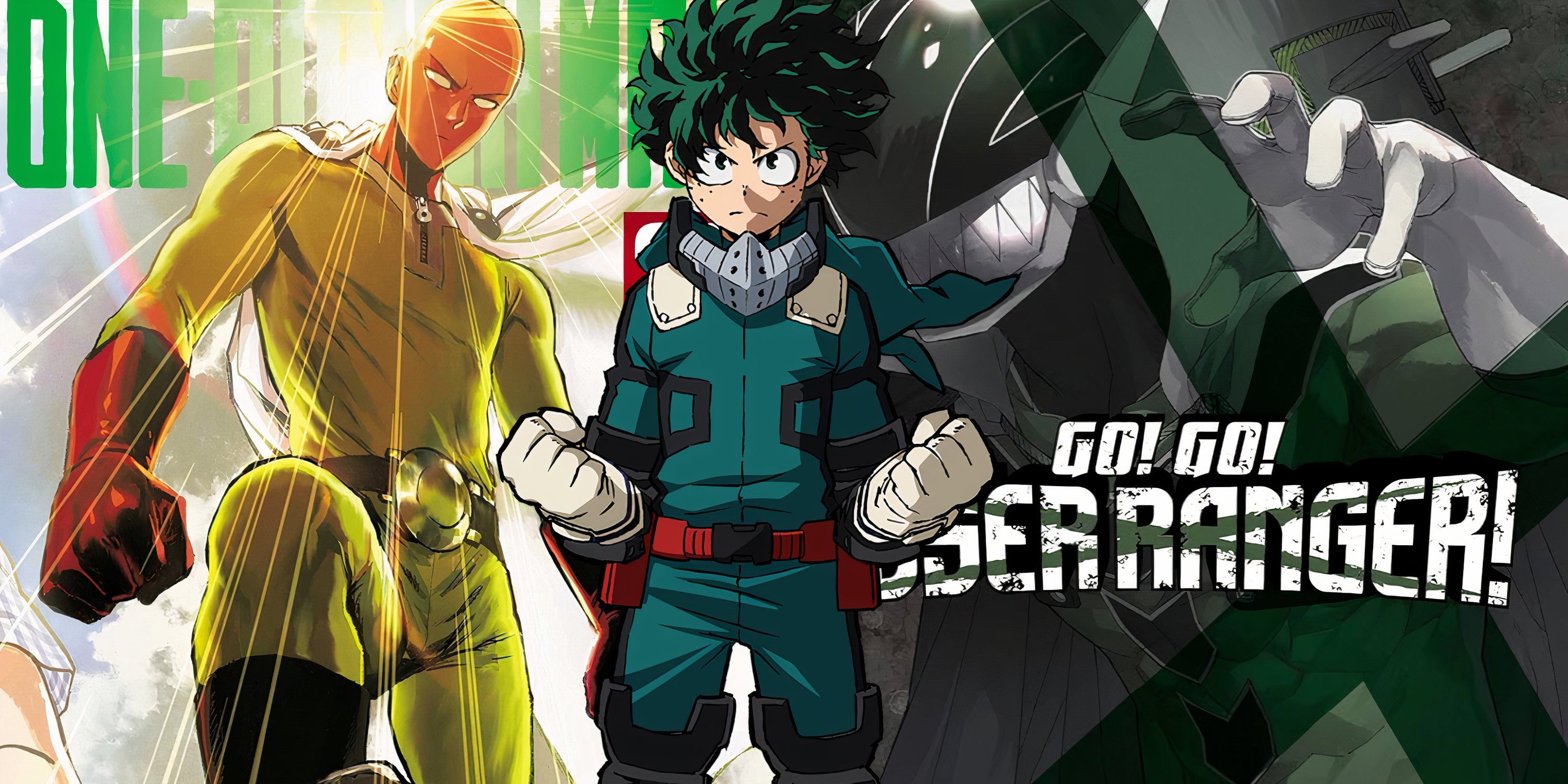
More
5 Best Superhero Manga, Ranked
From traditional battle shonen franchises to more satirical takes on the genre, here are some of the best manga dealing with superheroes.
